We had to read this:
https://drive.google.com/file/d/0B5oHHr0ysMDURmY1UGdpSmJuU2Vsd1FwcGFPU0Jhb0YzR1Rv/view
Article 1
In article 1 the English version says that the Maori have to give up complete control and on the Maori version it says that they still had control over there tribes.
Article 2
They were only allowed to sell their land to the British on the English version and on the Maori version it says if they have not reached the price that is suited to them or the British crown did not approve then the Maori could sell to someone else.
Article 3
On the English version, it says 'Maori have the same right as the British subject' and on the Maori version it says 'Maori have the same rights as the British subject' but it also says that 'Maori have protection from the British' and that is not on the English version.
Monday, 25 November 2019
Friday, 22 November 2019
what does an ideal world look like?
Cortney(me) and Sharleze world
what does an ideal world look like?
-cures for cancer
-unicorns come alive
-peace within wars
-no homeless or less of them
-clean environment
-clean coral
-clean waterways
-tall buildings (like New York concrete jungle where dreams are made of)
-cheap homes(big)
-cheap flights
-phoenix
-full Maori
-eat and pick your size
-don't need school (when born and you turn 10 you are already smart)
-cheaper clothes
-cures for Alzheimer's
-cures for diseases
-cheap medical care
-no world hunger
-only plant based drugs and medical drugs
what does an ideal world look like?
-cures for cancer
-unicorns come alive
-peace within wars
-no homeless or less of them
-clean environment
-clean coral
-clean waterways
-tall buildings (like New York concrete jungle where dreams are made of)
-cheap homes(big)
-cheap flights
-phoenix
-full Maori
-eat and pick your size
-don't need school (when born and you turn 10 you are already smart)
-cheaper clothes
-cures for Alzheimer's
-cures for diseases
-cheap medical care
-no world hunger
-only plant based drugs and medical drugs
why was a treaty needed in New Zealand?
In social studies, we have been learning about the treaty of Waitangi and other treaties around the world. We had to research a treaty other than the treaty of Waitangi and comper how they are similar. Once we did that we had to watch a few video and answer question related to the video after that we started to learnt how to write the lawyer paragraph, the slamdunk paragraph, the hammer paragraph and robust conclusion. Once we learnt those we started our planning sheet and then we were ready to write our essay about, why was a Treaty needed in New Zealand?
Introduction
In 1830 there were around 100,000 Māori and near 200 Europeans living in New Zealand. The behaviour of the Whalers, the Missionaries’ desire to help protect Māori rights and the Musket Wars were reasons that a treaty was needed. The Declaration of Independence was another contributing factor to the need for a treaty.
Paragraph One (Lawyer)
One reason that a treaty was needed was the lawless behaviour of some of the British Settlers like whalers. In this paragraph, I am trying to prove how the treaty was needed because of the lawless behaviour from the whalers. This is important because then it would reduce the fighting, prostitution as well as drinking and parting. For example, there were around 200 people out at sea, most of the Europes were whalers. They would go out at sea for months at a time and not see a lot of people for a while. The whalers would constantly be arriving at kororareka, once docked they would reak havoc and outstay there time. Whalers weren’t good for New Zealand and the treaty helped reduce the havoc and problems they caused.
Paragraph Two (Lawyer)
Another reason that a treaty was needed was to protect Māori rights. One group that felt strongly about this was the missionaries. In this paragraph, I am trying to prove that the treaty was needed to protect the Maori and their rights. This point is important because it allowed Maori to live without fear and it was important to prevent foreigners from buying land in New Zealand. For example, they taught Maori Christianity and easier ways of farming, they helped Maori protect their rights and kept people from buying their land and they also had a good relationship with the Maori which made it better for them to trust. The treaty was needed to protect Maori rights, it also gave them protection over the land.
Paragraph Three (Hammer)
Another reason that a treaty was needed was the Musket Wars. Evidence shifted power this is why the musket wars impacted the treaty. 20,000 Maori were killed, tribes were being killed off and they would trade food and materials for muskets. In this paragraph, I am trying to prove that muskets were a very horrible thing for Maori and New Zealand, which is why a treaty was needed. The effect of all of this is important because less Maori would be killed and it would bring order to New Zealand. The musket wars brought good and bad to New Zealand but with the help of the treaty, it resolved some of the bad.
Paragraph Four (The Slam Dunk)
The final reason that a treaty was needed was the existence of the Declaration of Independence. why would Maori sign the treaty when they already signed the declaration? In this paragraph, I am going to answer why was the declaration of independence important? Interestingly it was important to protect the rights of Maori and establish peace between Maori and the Europeans. For example, Maori had legal rights over there land and a flag was created to symbolize that this was their country and their land and New Zealand could only trade with the British. The effect of all this is important because now New Zealand belongs to the Maori and they can legally trade. So the declaration of independence was important.
Conclusion (Robust Conclusion)
Why was a treaty needed in New Zealand? Their main reasons were the lawless behaviour of the whalers, the protection of the missionaries, the trading of the muskets and the declaration of independence. Personal I don’t think the treaty was needed because they already had the declaration of independence and all the treaty done was take Maori rights away from them and take the rights of there land away to.
Introduction
In 1830 there were around 100,000 Māori and near 200 Europeans living in New Zealand. The behaviour of the Whalers, the Missionaries’ desire to help protect Māori rights and the Musket Wars were reasons that a treaty was needed. The Declaration of Independence was another contributing factor to the need for a treaty.
Paragraph One (Lawyer)
One reason that a treaty was needed was the lawless behaviour of some of the British Settlers like whalers. In this paragraph, I am trying to prove how the treaty was needed because of the lawless behaviour from the whalers. This is important because then it would reduce the fighting, prostitution as well as drinking and parting. For example, there were around 200 people out at sea, most of the Europes were whalers. They would go out at sea for months at a time and not see a lot of people for a while. The whalers would constantly be arriving at kororareka, once docked they would reak havoc and outstay there time. Whalers weren’t good for New Zealand and the treaty helped reduce the havoc and problems they caused.
Paragraph Two (Lawyer)
Another reason that a treaty was needed was to protect Māori rights. One group that felt strongly about this was the missionaries. In this paragraph, I am trying to prove that the treaty was needed to protect the Maori and their rights. This point is important because it allowed Maori to live without fear and it was important to prevent foreigners from buying land in New Zealand. For example, they taught Maori Christianity and easier ways of farming, they helped Maori protect their rights and kept people from buying their land and they also had a good relationship with the Maori which made it better for them to trust. The treaty was needed to protect Maori rights, it also gave them protection over the land.
Paragraph Three (Hammer)
Another reason that a treaty was needed was the Musket Wars. Evidence shifted power this is why the musket wars impacted the treaty. 20,000 Maori were killed, tribes were being killed off and they would trade food and materials for muskets. In this paragraph, I am trying to prove that muskets were a very horrible thing for Maori and New Zealand, which is why a treaty was needed. The effect of all of this is important because less Maori would be killed and it would bring order to New Zealand. The musket wars brought good and bad to New Zealand but with the help of the treaty, it resolved some of the bad.
Paragraph Four (The Slam Dunk)
The final reason that a treaty was needed was the existence of the Declaration of Independence. why would Maori sign the treaty when they already signed the declaration? In this paragraph, I am going to answer why was the declaration of independence important? Interestingly it was important to protect the rights of Maori and establish peace between Maori and the Europeans. For example, Maori had legal rights over there land and a flag was created to symbolize that this was their country and their land and New Zealand could only trade with the British. The effect of all this is important because now New Zealand belongs to the Maori and they can legally trade. So the declaration of independence was important.
Conclusion (Robust Conclusion)
Why was a treaty needed in New Zealand? Their main reasons were the lawless behaviour of the whalers, the protection of the missionaries, the trading of the muskets and the declaration of independence. Personal I don’t think the treaty was needed because they already had the declaration of independence and all the treaty done was take Maori rights away from them and take the rights of there land away to.
Thursday, 14 November 2019
rocks
Rocks
What are rocks?
Rocks are solid materials which mostly occur naturally. These are minerals that are non-living substances Minerals are like concrete building blocks. It's also possible to form certain rocks from just one mineral. Others are formed by more than two or more minerals that are combined Minerals appear like fragments of various sizes, or particles, some minerals may also be powdery in rocks too. Many rocks have very small minerals, giving the rock a smooth and even texture. Other rocks have a lager mineral grain which gives it a rougher texture. There are three different types of rocks called igneous, metamorphic and sedimentary rocks.
Igneous rocks:
Igneous rocks are formed from magma. The magma is forced up and some time out of the earth crust. When the magma cools crystals begin to form and the magma solidifies. Depending on how fast the magma cools will vairy for how big the crystals are. Eg; Basalt is formed from lava which contains small crystals because it cools fast on the surface, this makes the rock an extrusive igneous rock because it is outside of the volcano. Whereas granite has large crystals as it is formed by slow cooling inside the volcano making it an intrusive igneous rock.
Extrusive- Outside or exiting.
Intrusive- Inside something.
Metamorphic rocks:
When sedimentary rocks become buried deep in the earth's crust they are subjected to high temperatures and pressure. Over millions of years, this causes structural and chemical changes which form metamorphic rocks. Great pressure and weight of the rock above causes crystals to form in parrel planes or band. Metamorphic rocks are usually more resistant to erosion than sedimentary rocks. Eg; Shale is changed into the metamorphic rock slate and chalk to marble or sandstone to quartzite.
Sedimentary rocks:
Sedimentary rocks are formed from grains of eroded rocks or undecomposed parts of animals or plants. These sediments settle in layers usually underwater. Once the layers build they get old and become buried under newer layers, the more layers the heavier and the weight squeezes out water.
The particle of them ends up cementing together. This process takes you to millions of years. Eg; mud is compressed into shale and shellfish into limestone, or sand into sandstone.
eroded-Graduly wore away by natural agents.
undecomposed- Not left to spoil.

Rock cycle
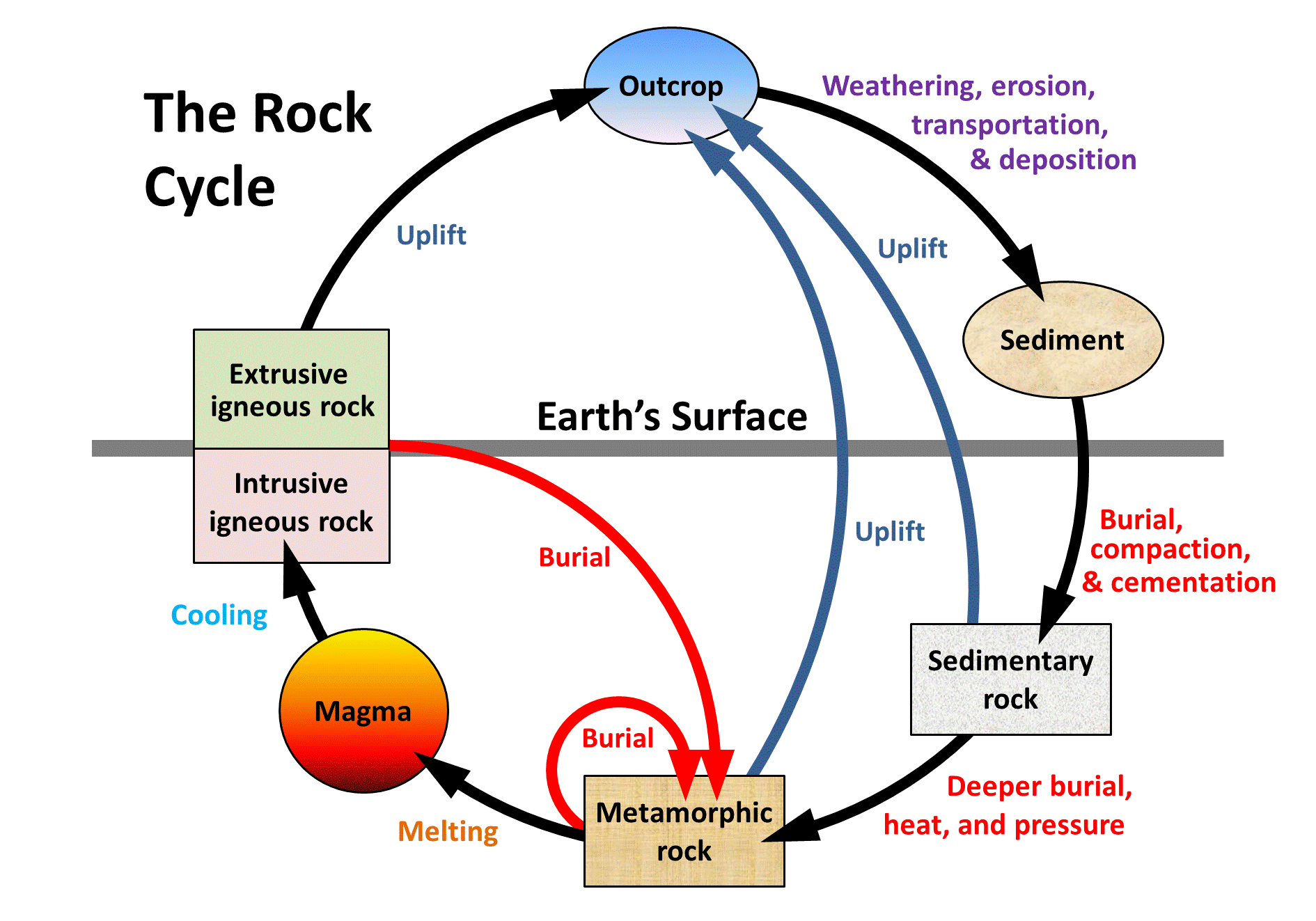
Rocks we had to know
- Pumice
- Basalt
- Granite
- Obsidian
- Conglomerate
- Limestone
- Mudstone
- Marble
- Quartz
- Slate
- Schist
- Gneiss
- Sandstone
Pumice-Igneous
What is pumice?Pumice is a light coloured extrusive igneous rock that has a lot of tiny holes in it that forms in a volcanic eruption. The holes are formed because the rock its self has a lot of gas in it. Many specimens have a high enough porosity that they can float on water until they slowly become waterlogged.
How does the pumice form?
The pore spaces in the pumice are vesicles. The vesicles are gas bubbles that were trapped in the rock when cooled at a fast pace. As the gas bubbles escape the lava becomes frothy. The pumice cools and formes so fast that the atoms in the melt don't have time to aline themselves into a crystalline structure.
What can you use pumice for?
You can use pumice for lightweight concrete blocks and other lightweight products. Lava soap, that you wash your hands with the little tiny bits of pumice, Sandal feet, you use sandal feet to wash your feet and get rid of the dead skin.
Where can you find pumice in New Zealand?
You can find pumice nearly anywhere around the coastline of New Zealand because it can float and can get taken around but the water. The main spot that you can find in is I the central North Island. The beaches of Lake Taupō have pumice sand and in Waikato and Bay of Plenty, there was 173000 pumice found in 2003.


Marble-Metamorphic
What is marble?Marble is a metamorphic rock that forms when limestone is under heat and pressure of metamorphism.
How does marble form?
Marble forms at convergent plate boundaries where large areas of Earth's crust are exposed to regional metamorphism. Some marble can also form by contact metamorphism when a hot magma body heats adjacent limestone or dolostone.Dolostone-Dolomite, also known as "dolostone" and "dolomite rock," is a sedimentary rock composed primarily of the mineral dolomite
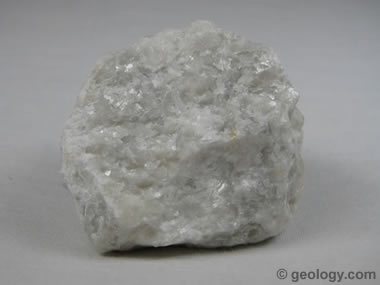
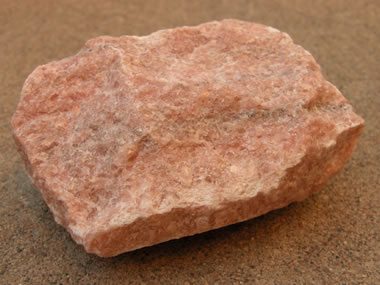
Sandstone-Sedimentary
What is sandstone?
Sandstone is a sedimentary rock composed of sand-size grains of mineral rocks or organic rocks. It also has a cementing material that combines the sand together. Sandstone is one of the most commonly found sedimentary rock. It is often mined and used for construction material.
What is sand?
Sand is a granular material composed of finely divided rock and mineral particles. It is defined by size, being finer than gravel and coarser than silt. Sand can also refer to a textural class of soil or soil type.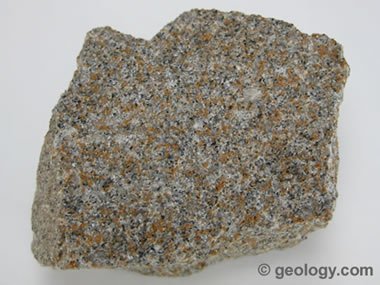
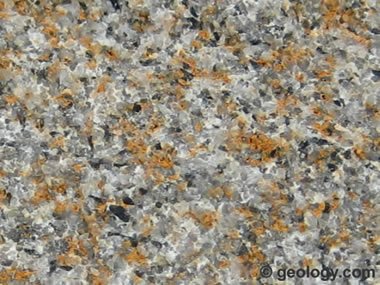
Friday, 8 November 2019
Scotland and England
 In this poster, it tells you about the treaty between Scotland and England. You will also see some information compering the treaty between Waitangi and the Scotland and England treaty. When learning about this we started off with learning about the treaty of Waitangi and then moved to this. We were learning about this in social studies.
In this poster, it tells you about the treaty between Scotland and England. You will also see some information compering the treaty between Waitangi and the Scotland and England treaty. When learning about this we started off with learning about the treaty of Waitangi and then moved to this. We were learning about this in social studies.
Subscribe to:
Comments (Atom)